#Class of 1965
Text

Donald Eugene Knobl, Sr., beloved husband of Eileen Ames Knobl, met his Lord and Savior, Jesus Christ, face to face in His kingdom on Saturday, March 11, 2023, at 12:40 a.m.
Don was born at home in Millersburg, PA, on October 20, 1941, to the late George and Hannah Wertz Knobl.
Don was a 1959 graduate of Millersburg High School, where he played football. He graduated from Bob Jones University with bachelor's and master's degrees. He later earned a bachelor's degree from Millersville University. Don proudly served his country in the Army Reserves from 1966 until 1972.
Don devoted most of his life to Christian Education and youth work, and was a well loved Bible teacher both in the classroom and adult Sunday School. He was the founding Principal of Lebanon Christian Academy in Lebanon, PA.
His main interest was his home, as he cherished his wife and patiently taught his sons to become Godly gentlemen. He will be terribly missed, and his memory will be forever revered.
In addition to his loving and devoted wife, Eileen, he is survived by three sons, Michael, Daniel, and Donald Jr.; a sister-in-law, Ivy; and a nephew, Geoff.
In addition to his parents, he was preceded in death by his only brother, George Jr., in 2003.
A private memorial service will be held at a later date.
Flowers appreciated or memorials may be made to Hampton Park Christian School, 875 State Park Rd., Greenville, SC 29609.
Friends are encouraged to leave condolence messages for the family by clicking on the button labeled "Leave A Message, Share A Memory" below.
To plant a tree in memory of Donald "Don" Eugene Knobl, please visit our Tribute Store.
#Bob Jones University#BJU Hall of Fame#Obituary#BJU Alumni Association#2023#Donald “Don” Eugene Knobl#Class of 1965
0 notes
Text


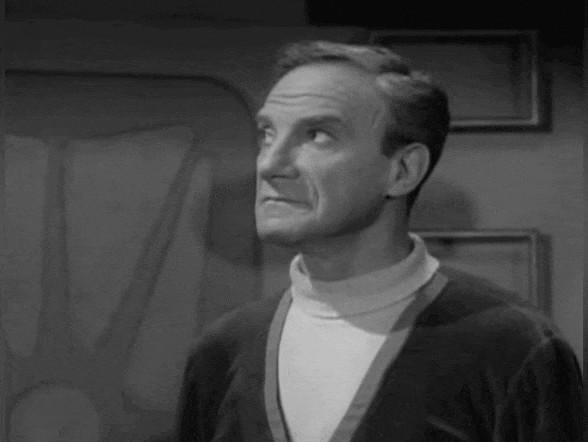
"Throughly familiar with bag of wind right here." (The Raft)
#lost in space#lost in space 1965#dr. smith#dr smith#dr zachary smith#dr. zachary smith#the robot#the robot model b9 class m3#jonathan harris#irwin allen#the raft#the robot b9#robot b9#robot#zachary smith#doctor smith
464 notes
·
View notes
Text
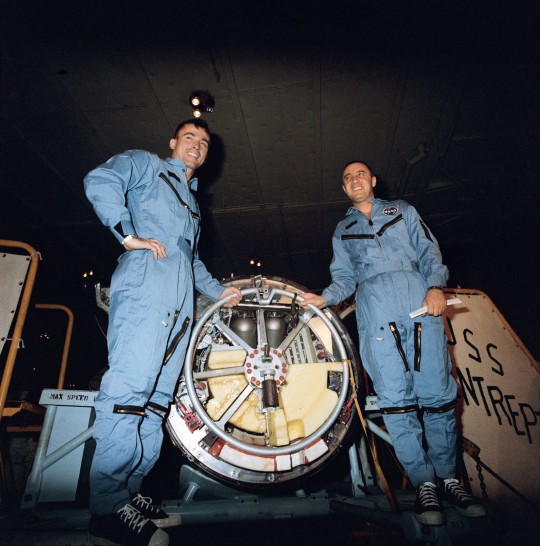
"Astronauts John W. Young (left) and Virgil I. Grissom are shown during their first inspection of the Gemini 3 spacecraft aboard the USS INTREPID (CV-11) following their successful Gemini-Titan 3 flight."
Date: March 23, 1965
NASA ID: S65-18713
#GT-3#GT-III#Gemini 3#Gemini III#SC3#Molly Brown#NASA#Gemini Program#Project Gemini#Splashdown#Splash Down#Recovery#March#1965#Atlantic Ocean#USS INTREPID (CV-11)#USS INTREPID#Essex Class#Aircraft Carrier#Ship#United States Navy#US Navy#Navy#USN#my post
42 notes
·
View notes
Text
It did not register to me that it took Erik literally a year to get imprisoned into plastic hell. LMAO. A YEAR. Homeboy is actually not very good at the whole terrorist thing.
#Between Rage and Serenity#xmen#cherik#xmen movieverse#xmen dofp#xmen first class#xmen apocalypse#a year with raven and the other mutants#a year in which he learns of charles injury#like presumably they met in between#and then erik went to save the president#by himself#only to get caught#and THEN I imagine everyone sean - emma - azazel - janos - angel died?#How did he know about it tho???#THat means the assholes in prison taunted him#or he somehow learned it somewhere??? I don't know how#I assume sean died after getting enlisted#america entered the war in 1965#so sean only died after that#kurt is probably 18 or around there in apocalypse?#so by 1964 raven was in a relationship with azazel or at least they had sex#in which she became pregnant#like DAMN -#thats a lot#I need to write a headcanon history for these movies
64 notes
·
View notes
Text
Sodor: 1965-2020
Back when I talked about how Sodor would fuel its railways in the 2010's (find that post here), I said I'd talk about how Sodor would remain profitable into the modern era.
Well, with Murdoch the Mighty Engine now completed (find that here) it's finally time to really dive into what kept Sodor moving throughout the latter half of the twentieth century and into the 21st.
I'm going to go in event order - and yes, this is all canon to my Extended Railway Series.
1965: Breaking Away From British Rail:
In 1965, British Railways was pretty desperate for money. And I mean it. The BTC was losing around £300,000 a day in 1961. The company was not able to pay its loans, and that led to desperation and the Beeching cuts.
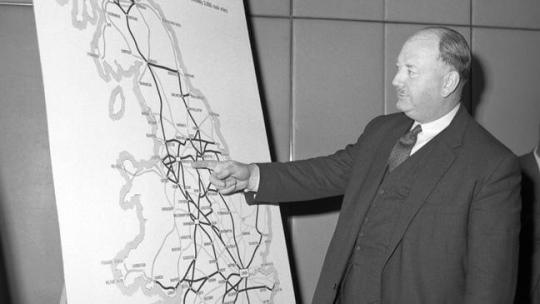
Sodor was at the time threatened with both the Peel Godred line and the Ffarquhar branch being drastically reduced in size or outright closed - and furthermore there was talk of Crovan's Gate Works being closed. The North Western Region was at the time chaired by Sir Charles Hatt, and he decided to take action.
This is where Sir Charles did perhaps the sneakiest piece of work in his entire career. For a man who was very above the board, this may come as a surprise.
Sir Charles was told by the BTC that if he could find 'the worth of the North-Western Region' - a number that they incorrectly overinflated to around £1,000,000. In comparison, 4472 Flying Scotsman cost £3,000 when bought by Alan Peglar.
Neither the NWR nor the Hatt family had that much money - and the railway, while profitable, did not make enough. So Sir Charles organised a secret backdoor deal with a different company to get the money.
Sir Charles went to the German Rail Company Deutsche Bundesbahn. He'd visited earlier that year and had witnessed the earliest development of the Linienzugbeeinflussung system (LZB) and had offered the Peel Godred branchline for further testing - only he needed the NWR to be independent before he could allow it, as BR didn't want anything to do with the tests.

The Deutsche Bundesbahn, ecstatic that someone wanted to basically hand over their railway to play guinea pig for a brand new untested system, forked over £1,000,000 in exchange for shares in the new NWR company and free access to the Peel Godred branch to test their LZB system.
Sir Charles Hatt gave British Railways the money, and on September 28th, the NWR was officially freed from BR, though the latter company got the rights to run trains to Tidmouth using their engines on 'trials'. The next day, Deutsche Bundesbahn was mysteriously given a massive share in the new company, and permission to test their new system.
1965-1979: Implementing LZB on Passenger Trains:
Siemens - the German company working with DB on their LZB system - opened a branch at Cronk to begin work on testing their LZB systems on the electric Peel Godred branch. Originally a hard-wired logic system only, testing on the Peel Godred and utilising the massive amount of energy harnessed at the hydroelectric dam, the system was quickly developed into a computer system.
While the Peel Godred electrics were able to handle the computers on board, the mainline proved to be a different challenge. Stephen Hatt, then working at Crovan's Gate to help him grow accustomed to the engines on the NWR, suggested renovating the old Mark I coaches BR was beginning to retire to have the LZB systems in them, connecting to the brake pipes. LZB coaches would have the letters 'LZB' printed on the front and sides of the coach to identify them.

On June 3rd, 1979, the last non-LZB passenger train left Tidmouth, a local train that ran as far as Cronk. From that point on, all passenger trains are meant to have an LZB coach at the front of the train, though there have been incidents were it was forgotten. When Pip and Emma were bought, LZB was placed straight in their cabs.
1966-1996: Modernising the Steam Fleet:
Edward went in for a heavy repair in 1965 after his 'exploit' and when he came out, he was a very different engine. The early stages of independence for the NWR were marked by very heavy tourist traffic. The Railway Series books were at the height of their popularity, and Sir Charles was finally free to advertise and profit from them. He organised a huge number of special trips throughout the latter half of 1965, culminating in Edward's infamous excursion. This raised enough money for the NWR to survive the winter season - and enough to begin modernising their steam fleet. Welding replaced riveting, and new superheaters and blastpipes were added. Edward was also the first NWR engine to gain roller bearings.
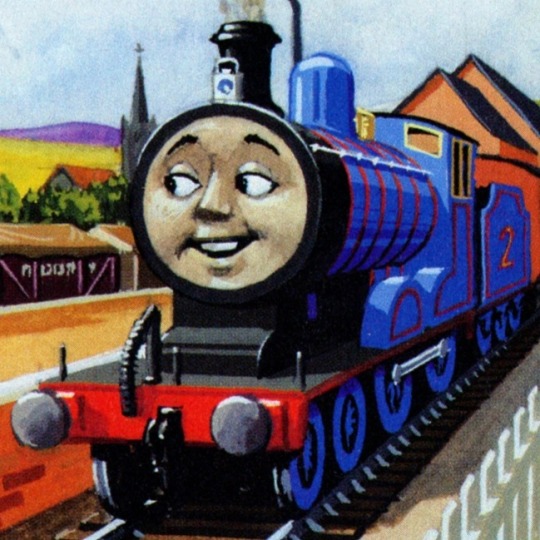
When Edward departed the Works in late 1966, he was much stronger than before, and certainly more capable! Oliver would gain the same upgrades upon arrival to the NWR, and over the next twelve years the entire rest of the fleet was rebuilt. New arrivals to the railway would undergo the same treatment, with Murdoch being gifted a kylchap blastpipe while being overhauled. Another factor of this period was extensive standardisation, which included funnel diameter, coupling rods, valve gear and cab window sizing.
Much of this ability to develop their steam engines came from the partnership with DB in Germany, which didn't withdraw its entire steam fleet until 1977.
1970-1996: Modernising the Diesel Fleet:
Starting in 1970, Sir Charles began to work on improving and standardising his fleet of diesel engines. BoCo, Bear and Daisy were all very different classes, and the cost of parts was beginning to mount, even after purchasing plenty of disposed parts from scrapyards across the country.
This was far more radical than what was done with the steam engines, and for good reason. While DB was the expert on Diesel-Hydraulic, it was also very expensive at a time when the NWR did not have all that much money to spare. The Little Western and Arlesdale Railway projects sucked up pretty much all the money the railway made at this time. So, they simply took the engines inside BoCo and Bear and replaced them. Entirely. Sir Charles bought excess Sulzer engines which were being fitted to the Class 47 and fitted them to his two big diesels. He did have to move... a lot of stuff internally - this was a rebuild unlike any other, and it kept them both out of service for a very long time. But by the end, he had forcibly standardised BoCo and Bear. Then Derek came along, and Sir Charles was forced to figure something else out for him. This was in the end achieved by taking the engines used by Daisy and jamming them into Derek. Except more of them, and turbocharged. Remarkably, this also worked (after a lot of screaming and huffing by the Crovan's Gate foreman!)
Bert, Diesel and Arry were far easier for Sir Charles and Sir Stephen, all being Class 08's and ubiquitous on BR. As they were retired, the NWR bought old engines and spare parts to repair their fleet.
Bowler and Spamcan would be given the same Sultzer engines as BoCo and Bear, as by this point the Class 47s were being retired on BR and there were plenty of spare parts available. Pip and Emma would retain their engines. Selector catalytic reduction (SCR) emissions reducers would be fitted to all diesel engines.
1975: NWR Holdings Inc:
In 1975, the NWR was incorporated alongside the Arlesdale and Skarloey Railways into NWR Holdings Inc, a new international stock company aimed at raising capital for the railways. First floated on Sodor, it attracted plenty of attention from locals, tourists and international companies alike. NWR Holdings would buy shares in various companies around the globe, including the American Railroad Union Pacific and in Danish shipping company Maersk. The Hatt family personally bought a massive number of shares in the company in what was potentially a highly-legally-questionable move. Still, NWR Holdings Inc would be chaired by Bridget Hatt from 1975 onwards and become a very profitable share-owning company.
1976: AWS and Air Brakes:
By 1976, all trains on the NWR were equipped with AWS and Air brakes, leading to a drastic reduction in accidents across the following years. While not a foolproof solution, when added to the new LZB system, it led to the NWR becoming one of the safest railways in all of England and Europe.
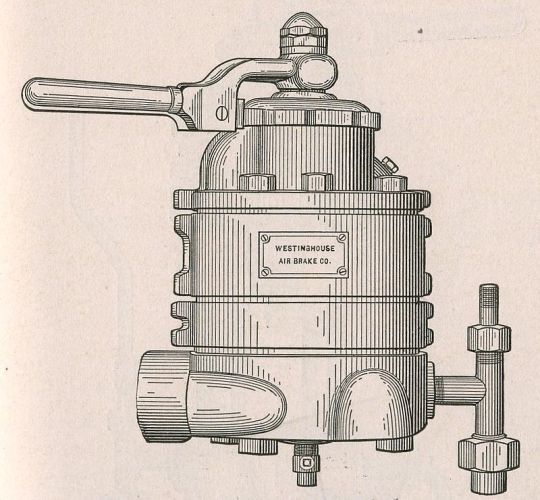
1985: Tourism Boom:
The NWR was inundated with traffic following the airing of the hit TV series 'Thomas & Friends' both in the UK and internationally, with the summer season of 1985 being perhaps the busiest in the island's history until that point, and a major victory for Sodor, which was now the most profitable railway region in Britain outside of London.
British Rail would attempt to force the NWR back into its company at this point, but the courts struck the case down due to the Tory Government disliking the idea of nationalising the network any further. This was the era when the Tory government began to privatise the various government agencies of the UK, and the NWR was upheld as a success of privatisation.
This tourism boom would have a major impact on the economy of Sodor too, with the service sector becoming central to the island's economy. The regional airport at Vicarstown was expanded to accept planes from as far away as Poland - something the NWR helped fund. This was incredibly well-timed, as the last of the mines on the island began to dry up around this time, and the new expanded service sector and transport sector used up much of these redundant miners.
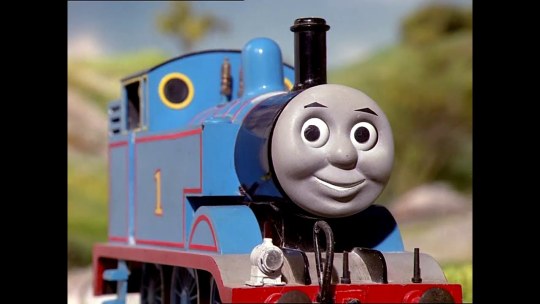
1993: Shares in Deutsche Bahn:
In 1992, Deutsche Bundesbahn began a merger with the Deutsche Reichsbahn to create the Deutsche Bahn in Germany. By this point, the NWR was an extremely profitable company and able to survive on its own, however it was also reliant on the DB for a reliable partner, especially as the UK was in the EU, and DB was able to offset much of the NWR's carbon emissions problems.
The NWR would put up a large sum of money - the modern equivalent of the £1,000,000 from 1965 - to prop up the company during the merger and managed to gain a healthy share out of the German rail company for its troubles. When the new Deutsche Bahn became public property all of five minutes later, the NWR kept its unique position, and the two became 'joint partners' - independent but aligned in much of their goals.
1994-1996: Expansion and the End of BR:
As explained in Modern Railway Engines, in 1994, the North Western Railway bought the Furness Line outright from British Rail. This included all stations, trackwork, and running rights. NWR trains now terminated at Lancaster on the West Coast Mainline, buying up platforms 5 and 6 at the station. the NWR now was directly connected to the WCML, and gained two mainline diesels, a HST and three shunting engines in the deal.

By 1996, these new engines had settled into their roles on the NWR, and the railway was well positioned for the turn of the century. The freight services along the NWR mainline would be fitted with LZB at this point, and further increase the safety of the entire network.
2007: Buyout of EWS:
In 2007, the British railfreight company EWS was bought out by Deutsche Bahn and NWR Holdings Inc as part of a joint-takeover of the freight sector of Britain's Railways after repeated issues with the company. The NWR and DB had very different designs on the company, however the NWR would triumph, and a period of drastic overhaul would occur over the next ten years. In 2017, DB Cargo UK would have rebuilt its entire fleet of Class 90s and Class 92s, as well as all 67s, 66s and 60s. The company would sell off a large number of unusable engines to other companies; but retain the Class 47s and rebuild them into class 57s.
This huge takeover by the two companies would have major implications for the NWR fleet, which only barely managed to keep their own freight services on Sodor from being added to the new DB Cargo UK company. Instead, traffic was streamlined across the two companies, and a direct freight service would commence between Carnforth and Wroclaw, Poland.
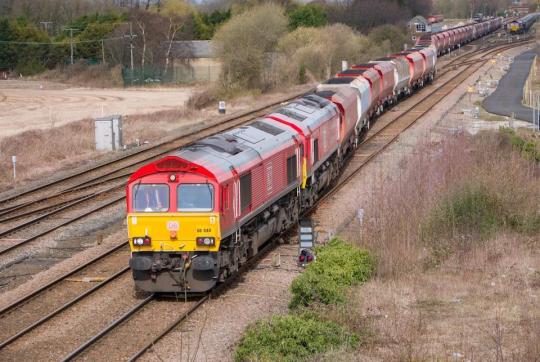
2012: Alternate Fuel Trials Begin:
As global warming became more prevalent, the NWR was criticised for its use of coal and diesel fuel. In response, the NWR began trials with several different alternatives, including E-Coal, torrefied rapeseed biofuel and 'electric steam'. Smaller engines like Neil were trialled with electric boilers to heat steam - and this led to the conversion of many smaller tank engines to the system, which was powered by electricity and thus extremely environmentally friendly (in theory). Other changes included solar panels installed on sheds and stations across the NWR and electric pre-heaters added to the steam engine boilers - something the NWR had been slowly working on since the mid-70s.
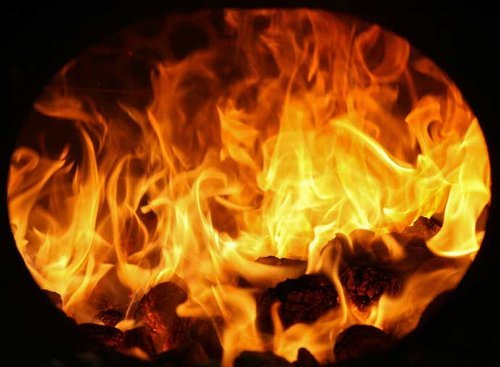
Torrefiers would be built by the NWR in 2014 to convert biomass into fuel for engines, and trials would be conducted with Murdoch - who had the largest firebox - throughout 2015. Torrefied rapeseed biofuel pellets would be used on some services from 2016 onwards, as Sodor led world research into the issue. However, its weakness to rain and its smell would keep it being used only on freight services, with a tarp pulled over the 'coal' pile to keep it dry.
2020: Global Pandemic and Coal Shortages:
In the modern era, the North Western Railway continues to be a profitable and successful company, providing services across the Island of Sodor and around the globe. The Covid Pandemic saw all but the most essential trains cancelled, including all of the extremely profitable tourist traffic Sodor relies on. For a few months, the railway was even divided into two, with Sodor services terminating at Vicarstown and Furness services terminating at Barrow. A number of engines were stored for the year, being reintroduced as Christmas approached and traffic began to pick up again into 2021.
Worse yet, coal shortages caused by the closure of most British coal mines and crises in Eastern Europe led the NWR to speed up its biofuel research, with most medium-sized engines (Edward, James, Emily, Arthur, Molly) being converted to burn biofuel by the end of 2022. Only the largest steam engines on the NWR and the diesels use fossil fuels as of the time of writing, due to the extremely successful implementation of biofuel, much of which is now grown on Sodor to provide for the NWR and other heritage railways, such as the Talyllyn in Wales.
Wow... that was a long post. As usual, no pictures belong to me, and I headcanoned basically all of this. I just love the idea of the NWR using everything at their disposal to work their way up from the grassroots railway we saw in the Three Railway Engines into a massive corporation that still has that grassroots feel to it... and a multinational holdings company reporting massive profits.
Thank you for reading this massive thing!
#railway series#thomas the tank engine#ao3 stuff#ttte au#railways#ao3 link#sodor#island of sodor#Sodor 1965-2020#biodiesel#electric steam#LZB#Linienzugbeeinflussung#deutsche bahn#nwr#ttte edward#ttte murdoch#ttte Class 40#ttte james#ttte analysis#analysis#british railways#british rail#sir topham hatt#Sir Stephen Hatt#Bridget Hatt#ao3 author#fanfiction writer#long reads#long post
87 notes
·
View notes
Text

1965 Royal Typewriters
#1965#royal#typewriter#Christmas#gift#vintageadsmakemehappy#vintage magazine#vintage advertising#magazine#advertising#1960s#60s#class#school
89 notes
·
View notes
Text


robot schematics!
I recolored them blue to match an old blue print, but that paper damage is real, these are photos of poster sized prints I made in 2013.
#3d art#retro scifi#robot#scifiart#science fiction#retro#retro futurism#retro futuristic#lost in space#danger will robinson#forbidden planet#robby the robot#robot b9#the robot model b9 class m3#the robot#lost in space 1965#retro science fiction#space age#atompunk
16 notes
·
View notes
Text
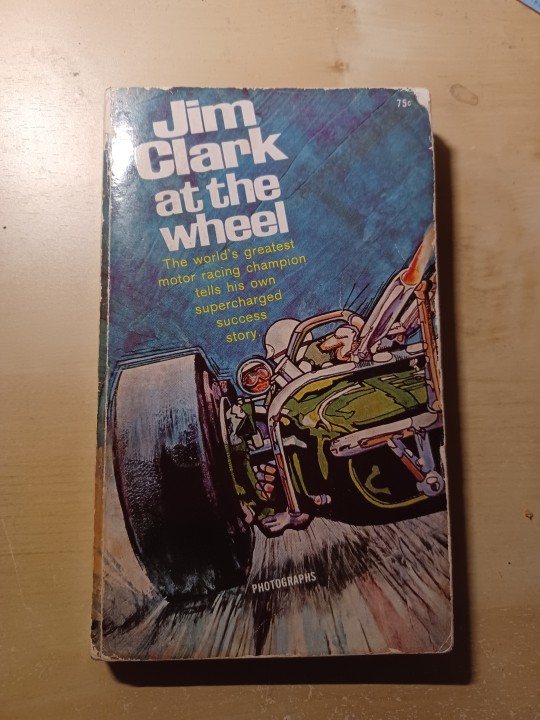
LOOK AT WHAT ARRIVED YESTERDAY!! thank you so much @sunflowersinthesnow for letting me know this book was available on ebay!! i can't believe i'm actually holding jim clark's autobiography in my very own hands. my day is made <33
#jim clark#this edition is from 1966!! so i think it's the updated 1965 version#i have a break from classes this week so i can't wait to read it
13 notes
·
View notes
Text
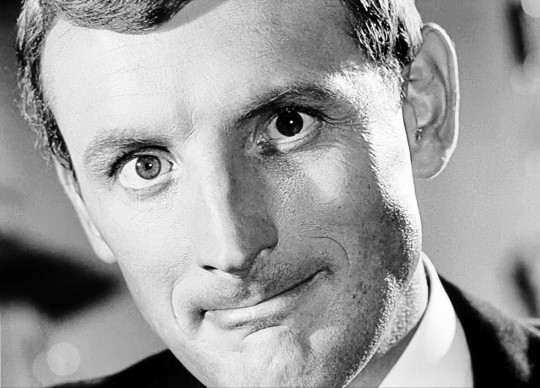
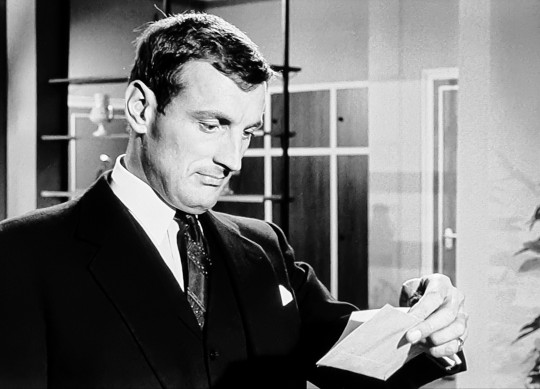
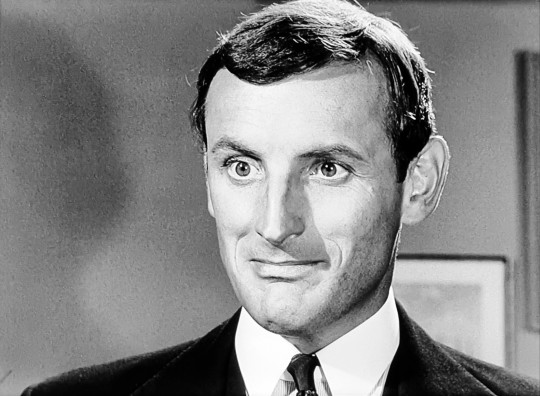
Gerald Harper guests as Deputy Commander Rae Cox in Gideon's Way: State Visit (1.1, ITC, 1965)
#fave spotting#gerald harper#gideon's way#adam adamant lives!#adam adamant#itc#1965#state visit#character actors#this was the year before he put on the wig and became that most noble of victorian adventurers...#Gerald was already a bit typecast at this point‚ invariably playing military officers or senior police types in most of his roles in the#10 yrs or so he'd been acting. usually upper class stuffed shirts or slightly louche‚ Adamant would be his first chance to get really#playful with a part. here he is‚ unfortunately‚ a dick: his Deputy Commander is acknowledged to be capable but inexperienced and#as such has acquired a monstrous chip on his shoulder. mostly he takes this out on his poor unfortunate wife (don't worry‚ she leaves him#half way thru the ep‚ and quite right too). he does well in a difficult role‚ managing to wring just a little pathos out of this#antagonistic‚ bullying ass. this was the first episode shown on british tv‚ despite being about 6th in production‚ and it's an odd choice#for an opener‚ not least bc the home life element of this ep is concentrated on Harper's one shot character and not the Gideons#by the end it feels like we know this jerk better than we do the title character‚ which must have been a little jarring when he never#returned in the next week's episode (or indeed any of them after that)
5 notes
·
View notes
Text

USS Dahlgren (DLG-12) underway on August 21, 1965
Dick Leonhardt's Collection: 19650821FTB-27
#USS Dahlgren (DLG-12)#USS Dahlgren#Farragut Class#Guided Missile Destroyer#Destroyer#August#1965#Vietnam War#united states navy#us navy#navy#usn#u.s. navy#my post#color photo
42 notes
·
View notes
Text
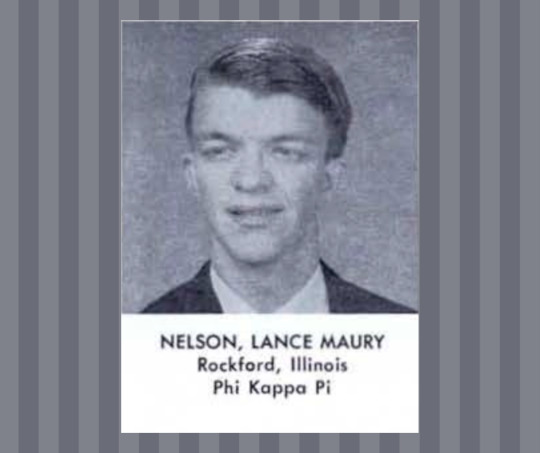
Lance Maury Nelson, 80, of Orwigsburg, PA, passed away peacefully on April 28, 2023, with his family by his side. He was born November 28, 1942, in Rockford, Illinois, the son of Maurice and Mercedes Nelson. He attended Lincoln Junior High and graduated from Rockford East High School in 1962. He attended Bob Jones University in South Carolina prior to enlisting in the U.S. Marine Corp in 1965 where he served two years overseas on a Navy ship. He received an honorable discharge in 1971.
Lance married Karen A. Nevdal on September 26, 1970. She predeceased him on November 19, 2017. Lance was a full-time employee of National Glass Company while working part-time for WTVO television, where he later accepted a full-time position and continued to work for WTVO for over 40 years. Lance and his wife were members of Our Saviors Lutheran Church in Rockford. While he was a resident of Rockford, Illinois for most of his life, he moved to Pennsylvania to be with his son and family in 2018.
Lance was an avid baseball and college basketball fan and enjoyed spending time outdoors birdwatching. Lance is survived by his son and his wife, Eric (Mary) Nelson; and his grandsons Nathan, Brandon, Graham, Benjamin, and Jude Nelson. Also predeceased by his parents, and his sister Lynnette Nelson.
Funeral services will be held at 11:00 a.m. on Monday, May 8, 2023, at Fred C. Olson Chapel, 1001 Second Avenue, Rockford. Visitation will be from 9:30 to 10:45 a.m. prior to the service. Burial to follow at Scandinavian Cemetery, Rockford. In lieu of flowers, donations may be made to Easterseals, Attn: Online Giving Coordinator 141 W Jackson Blvd, Suite 1400A, Chicago, IL 60604. To share a memory or condolence, please visit olsonfh.com
#Bob Jones University#BJU Hall of Fame#2023#Obituary#BJU Alumni Association#Lance Maury Nelson#Class of 1965#Undergraduate Special
0 notes
Text
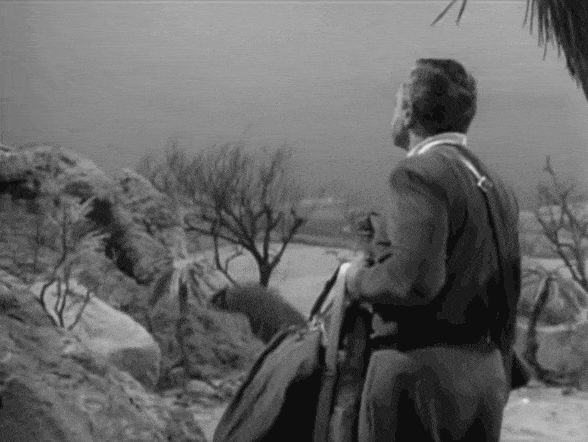
(Attack of the Monster Plants)
#look at his adorable little walk#lost in space#lost in space 1965#the robot#robot#the robot b9#the robot model b9 class m3#dr. zachary smith#dr smith#dr. smith#dr zachary smith#zachary smith#jonathan harris#irwin allen#attack of the monster plants#robot b9
3 notes
·
View notes
Text

"U.S.S. Lake Champlain Navy frogmen place the floatation collar around the Gemini Titan 2 spacecraft. The National Aeronautics and Space Administration launched the spacecraft from Cape Kennedy, Jan. 19, 1965 at 9:03 and it was recovered by the recovery forces aboard the U.S.S. Lake Champlain some 2100 miles downrange at 10:45 a.m. Flight time was 19:03 minutes. Actual landing was 16 miles short of the programmed landing area. Quoted from the original caption released by NASA with this photograph. Lake Champlain (CVS-39) is in the background. One of her SH-3 helicopters is hovering over the spacecraft."
Date: January 19, 1965
Naval History and Heritage Command: NH 97442
#GT-2#GT-II#Gemini 2#Gemini II#SC2#NASA#Gemini Program#Project Gemini#splash down#recovery#January#1965#USS Lake Champlain (CV-39)#USS Lake Champlain#Essex Class#Aircraft Carrier#ship#United States Navy#US Navy#Navy#USN#helicopter#Sikorsky SH-3 Sea King#SH-3#my post
27 notes
·
View notes
Text
'Measure Up'

They could almost pass this off as an homage, four decades out. Though, to be sure, the original's reprintings in semi-archival "best of" collections come out after the reprise. Maybe the new rendering is cause for the re-discovery? And if Fernando Ruiz has to take script credit, he ought make some tip to original uncredited writer -- reportedly at comics dot org and probably in reading it Frank Doyle. Ruiz does add "Yo!" and "Dude" to the equation, so he's got that, I guess.
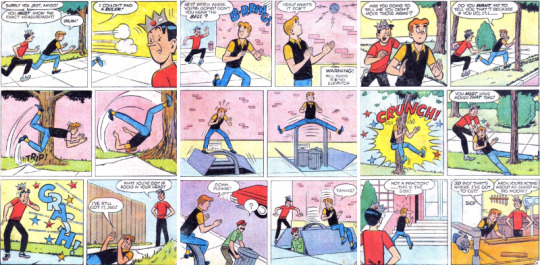
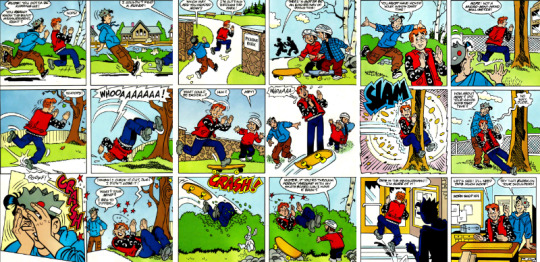
Curious. Harry Lucey has Jughead break the fourth wall on page three. The more un- imaginatively straight forward Stan Goldberg just has him screeching to a halt, expressing the same astonishment. Page four sees the only significant change in narration with skateboard disruptions replacing underground garbage storage-- Ruiz has to justify his script credit. Maybe he knew that Goldberg wouldn't do justice to Lucey's Archie splits.

Different phrases swapped out and in. "Get my goat". " Pulling my leg". And I think Goldberg's version botches the premise by having Archie carrying the board with both hands. And it all ends with another breaking of the fourth wall getting bumped off at the end.
#Archie Comics#Archie Andrews#Jughead#measurements#Shop class#Stan Goldberg#2005#Harry Lucey#1965#Frank Doyle wrote it#Fernando Ruiz copied it#homage?#Breaking the fourth wall
2 notes
·
View notes
Text
if anyone wants an update on how shitty my job is going, the only professional and qualified coworker of mine, the actual only coworker AT ALL, is quitting today bc she got a better job (honestly good for her I'm happy for her) but it's leaving me alone with the senile owner and his not-much-better wife
#btw she quit bc she owner w alzheimers kept yelling at her and like. it was the last straw for her#dude keeps getting mad for nothing and won't let me DO MY JOB#and then gets mad when we don't get any sales#like dude you hired me to market for your stupid company#but you override everything I do saying you know better#cuz u took a graphics design class in 1965????#come on!!!!#mtxt#anyway I may quit today too so#this job is why my mental health has gone far far down the drain#like idk if anyone noticed but I haven't been on a lot recently
4 notes
·
View notes
Text
1965 Alfa Romeo Giulia Sprint GTA Stradale

Price: 300,000 CR, Stock: D/486, Setup: D/486, Color: Factory Red
And just as we kicked off with a Giulia proudly bearing the Quadrifoglio, so to do we end with one. Manufactured by Autodelta, Alfa Romeo's racing division, the GTA is another street version of a race-car. In game, however, the limitations of 1965 technology is displayed here; this car’s classic status justifies a price tag far too high for how slow and unwieldy it is at stock.
#forza horizon 5#Alfa Romeo Giulia Sprint GTA Stradale#Alfa Romeo#1965#1960s#Rare Classics#D-class#300+k
0 notes